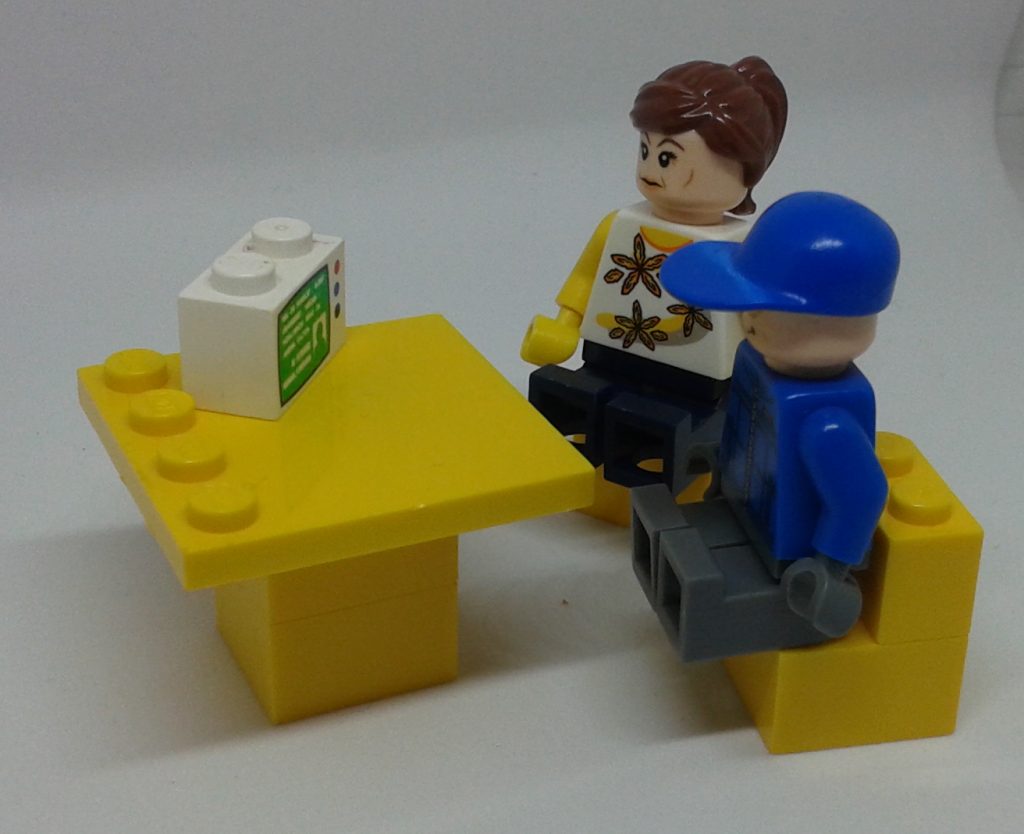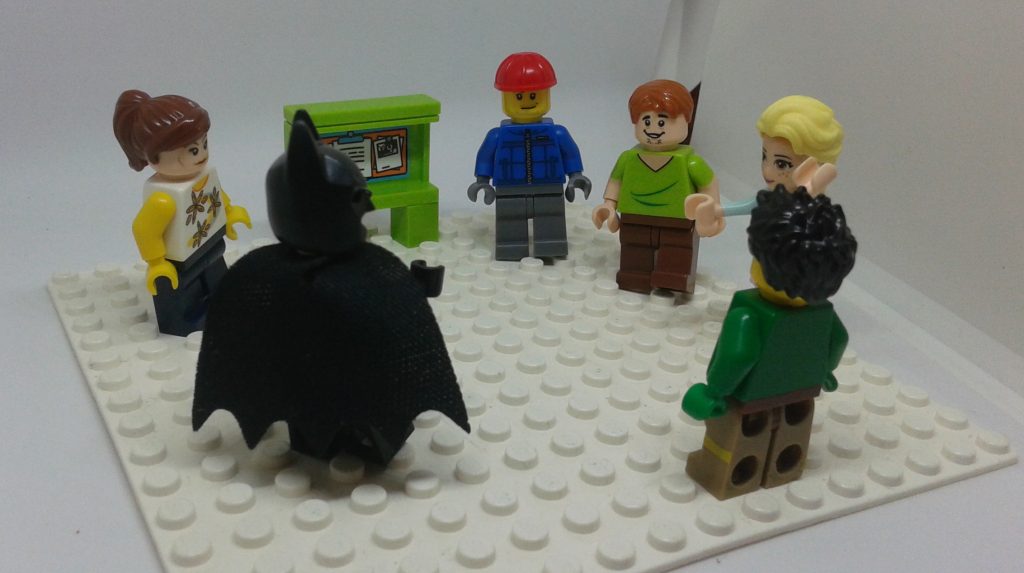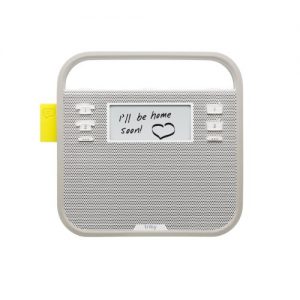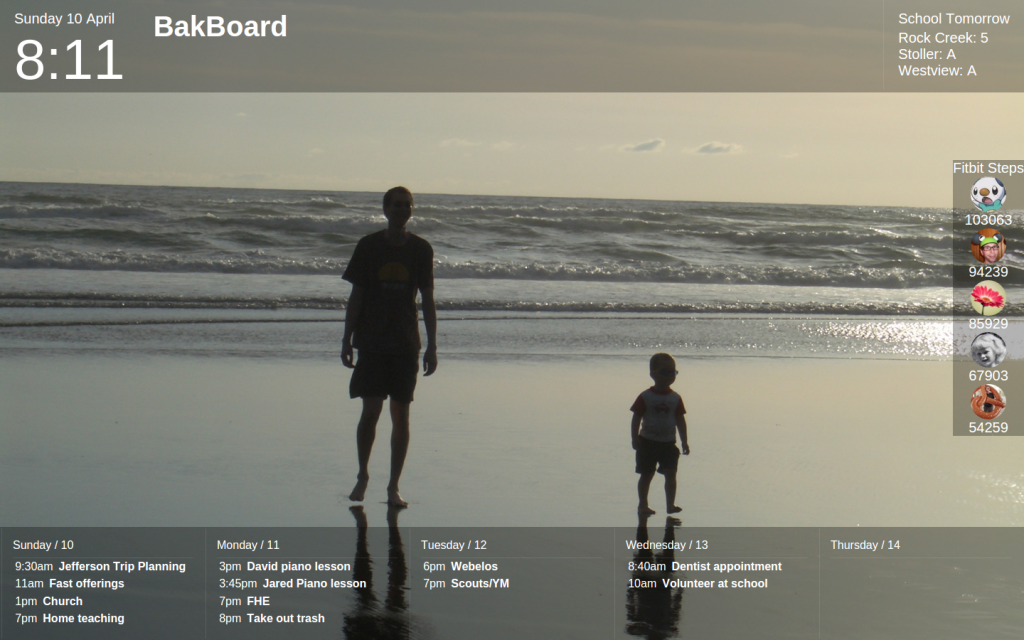
I work in a fast-paced environment where everyone on the team is assigned several tasks to be accomplished in an allotted time. Many of these tasks are complex, but everyone on the team is a skilled, experienced professional and we do a great job of meeting our individual commitments. Except when we don’t. Sometimes things go wrong. Sometimes a system crashes. Sometimes something that was thought to be easy ends up being complicated. Sometimes someone with a critical task gets sick (or their child gets sick). Sometimes something doesn’t work and nobody knows why. Sometimes during the daily standup someone reports being blocked. When we encounter these problems, we swarm.
Usually swarming begins by getting everyone on the core team into a [virtual] room. If other expertise is required, we will pull in other people. Solving the problem is what is important–I never hear blaming or see finger pointing. Solving the problem becomes everyone’s priority. We all help. Even as we divide out work to reach a solution, we typically keep the video conference going even though people may leave awhile for things like dinner or putting kids to bed. Sometimes we shuffle around assigned tasks so that we can have the right people focused on the problem. Having everyone on the team swarm together takes time and effort, and it certainly isn’t a sustainable pace, but when we solve the problem we all share in the sense of accomplishment (and relief).
My family also swarms. We don’t gather together to fix a “defect” or implement a “business requirement,” rather we swarm together to support an individual. Here’s an example of how we swarm together.
A couple weeks ago my wife bemoaned having married me because, having taken on my last name, it moved her significantly forward in the alphabet. Even though it was only the second week of the term she had to put together a project worth a quarter of her grade (the presentation dates were assigned by last name so had she kept her maiden name she would have had three more weeks). This presentation was on top of the regular coursework and of course she still had to work at her job and do the myriad of things she does to run our home. All of the research got completed and the project was in the works, but my wife expressed during our family standup that the submission deadline was looming and she was stressed. So we swarmed.
In this case “swarming” meant planning and following through how we could support my wife. Dividing out pieces of her project wasn’t a viable option because of the concept of academic integrity, but we could support her in other ways.
The next evening, the kids made dinner. My daughter made bacon (she learned how to make it in the oven from an online video) and also a fruit salad. Boy#2 made scrambled eggs. Boy#3 made toast. My main contribution was cracking the eggs (I can do two at a time). My wife was able to come down, eat dinner quickly with the family, and get back to her schoolwork. After dinner the kids took care of the cleanup (which they usually do anyway).
Part of the project required my wife to use a specific piece of software and this created difficulty. We are mostly a Linux household (including my wife’s laptop) and the software was Windows or Mac only. Fortunately Boy#1 does have a Windows laptop so he and I cleared some space on my disheveled desk and he set the laptop up with mouse, headset, etc. so that she had an environment in which to work.
“Quiet” is not an appropriate word to describe my home. My kids take various music lessons and thus regularly practice piano, saxophone, trombone, or clarinet not to mention the more casual strumming of a ukulele, banging on a drum, or causing odd noises to emanate from my father’s old trumpet. There are also various loud communications, chases, squabbles, and bouts of laughter. The project presentation needed to be recorded meaning background noise was frowned-upon. During the time my wife was “on air”, the family quieted down a few notches, kept activity to the other end of the house, and refrained from conflict.
After our family standup that evening, one of the boys tucked in the girl child while I provided my wife with technical support. The boys found quiet ways to pass the time before going to bed. My wife finished up and submitted her assignment a couple hours before the 11:59pm deadline.
There are many other examples of our family swarming to help each other, but this is a recent one and I like how it shows the kids being involved in family success. I’m proud of my wife earning a perfect score on her project. I’m proud of my standup family swarming to support her.






 When I saw the word “Triby”, my mind jumped to a classic Star Trek episode and I imaged Captain Kirk and a bunch of fuzzy things. A quick search revealed that those are “Tribbles” and that the Triby is very different, but the similarity in name grabbed my attention enough that I put forth to answer the question, “What’s a Triby?”
When I saw the word “Triby”, my mind jumped to a classic Star Trek episode and I imaged Captain Kirk and a bunch of fuzzy things. A quick search revealed that those are “Tribbles” and that the Triby is very different, but the similarity in name grabbed my attention enough that I put forth to answer the question, “What’s a Triby?”
 To me the Triby looks like a toy radio for children. It has a magnet on the back so that it can be attached to a fridge. The buttons are also have a toy-ish appearance. The screen is a small e-ink display–probably to reduce power consumption (the battery lasts about two days on a charge). The neatest physical aspect of the Triby is the mechanical flag that pops out of the side when a new message is received.
To me the Triby looks like a toy radio for children. It has a magnet on the back so that it can be attached to a fridge. The buttons are also have a toy-ish appearance. The screen is a small e-ink display–probably to reduce power consumption (the battery lasts about two days on a charge). The neatest physical aspect of the Triby is the mechanical flag that pops out of the side when a new message is received.